 |
Chinese anamorphic lens manufacturer Sirui has introduced a new set of lenses bases on its existing four models. The Sirui MARS lenses are designed to offer better handling for rigged cameras, and come with built-in mod gears for both aperture and focus rings. The apertures have also been reclassified as T-stops and the focus throw of each of the models has been significantly extended to make accurate focus adjustments easier with follow focus equipment.
 |
While the standard 1.33x anamorphic lenses from Sirui come in a range of mounts, the MARS set is offered only for the Micro Four Thirds system – though the company tells me they are considering other mounts for the future. The focal lengths on offer are 24mm, 35mm, 50mm and 75mm, which correlate directly with the existing lenses. To unify the iris though the f/1.8 lenses now are marked T2, and the f/2.8 aperture of the 24mm is now marked as T2.9. Further modifications to the lenses include harmonised filter threads at 67mm (the existing 24mm takes a 72mm filter) and each of the MARS lenses is heavier and longer than its original equivalent.
 |
From the group shot photograph it appears that Sirui has managed to reposition focus and aperture rings so that they all fall in the same place. This will allow lens changes without too much rig adjustment, helped too by the fact that now each lens has its own 1/4in thread mounting socket aligned between the two rings. The lenses also now have focus and iris scales that are visible from the side of the lens instead of only from the top.
 |
Sirui says it hasn’t changed its optical designs for these lenses in the process, and the number of elements used and the way they are grouped is exactly the same as in the original models – though some close-focus specifications have changed.
 |
At the moment the lenses are available only as a set rather than individually, and they come in a hard case that can hold them all. The sets are due to begin shipping on 20th August, and will cost just under $ 4000 – a premium of about $ 600 over buying all four of the original versions. For more information see the Sirui website.
 |
Manufacturer information:
SIRUI MARS 1.33x Anamorphic Lens Set for Micro 4/3
- Lens Kit for Micro 4/3 mount
- 2.4:1 cinematic widescreen vision
- 1.33x crop anamorphic front element
- Built in Mod Gears
- Long Focus throw
- 1/4inch screw mount
- Fast T2 aperture (35mm, 50mm, 75mm), Range T2-T16
- Fast T2.9 aperture (24mm), Range T2.9-T16
- Oval shaped bokeh and horizontal flaring
- Create a cinematic feel in your videos
- 67mm filter thread
- Manual focus
With its 1.33x Ratio, the lens takes full advantage of the 16×9 sensor crop that these cameras shoot video in to produce a 2.4:1 aspect ratio that is synonymous with theatre movie experiences.
The lens kit uses an optically distorting anamorphic front element to squeeze the horizontal axis of the shot by 1.33 times which allows for more information to be fit onto the sensor. This is then stretched back out in post-production or in-camera (see manufacturers specs for compatibility) to create the wider field of view and ratio compared to a conventional aspherical lens.
The lens kit reproduces flares beautifully whilst the coatings on the lens keep them from obscuring the entire frame. The fast aperture of T2 to T2.9 to creates a very shallow depth of field increasing the oval-shaped bokeh effect that is found in anamorphic lenses. this soft out of focus area is one of the many benefits that a true anamorphic lens brings over its filter counterparts or digital crop bars that are used to imitate the anamorphic ‘look’.
SIRUI MARS 1.33x Anamorphic Lens Set is in four focal lengths: 24mm, 35mm 50mm and 75mm, which allow you to shoot from wide angle to telephoto. The solid build quality, signature anamorphic look and the affordable price combined to open up more opportunities for creative composition.
1.33x Squeeze for 2.4:1 Aspect Ratio
Normal spherical lenses shoot standard 16:9 video.
With a cylindrical optical element in the front, SIRUI anamorphic lens squeezes the image down 1.33 times horizontally. When the final image is desqueezed, you’Il end up with an ultra-wide CinemaScope 2.4:l aspect ratio.
Oval Bokeh Balls and Blue Lens Flares
The elliptical highlights and blue light streaks produced by SIRUI anamorphic lens offer plenty of anamorphic feel, adding a sprinkle of magic to your footage.
Comprehensive Focal Lengths
MARS has a collection of four focal lengths in the set, covering the most important focal lengths to shoot a complete project. This lens set will definitely give videographers more control over various settings.
Precise T-Stops
The lens set features declicked aperture rings measured in T-stops. Among the four lenses, except for the 24mm with a T-stop of 2.9, the other three have the same T-stop of 2.0. These fast lenses perform extremely well under low light conditions.
Solid Build Quality
This lens set is of full metallic housing with standard 67mm filter threads. The weight and size of the lenses differ slightly due to different mounts. A threaded front is included for screw-in accessories like the matte box.
Built-In Mod Gears
Mod gears on the focus ring and the aperture ring are designed for extra smooth control. To save you the trouble of readjusting accessories when changing lenses, the diameter and the distance between the focus ring and the aperture ring of each lens is made the same.
Long Focus Throw
To gain enough space for accurate focus pulling, the four lenses are all engineered with a long focus throw (the longest one reaches up to 303 degrees). Graduations on both sides of the focus ring allows you to quickly pull focus to the desired position.
1/4″ Screw Hole
With a 1/4″ screw hole at the bottom, the lens can be mounted directly on the quick release plate to maintain the balance of the whole setup.
M4/3 Native Mount
This lens set is available in native mount for Micro Four Thirds, compatible with Z CAM BMPCC4K, Olympus and Panasonic (specific models) cameras. Unified native mounts make shooting a lot easier for people who want to step into the anamorphic world.
Waterproof and Drop-Proof Strong Suitcase
Plastic injection molding housing, high-density EVA lining as well as the embedded rubber ring make the suitcase strong enough to meet an international standard rating of IP68, ensuring tight protection from the inside to the outside. This suitcase facilitates photographers/videographers to carry the lens set around without worrying about the safety of the gear.
Articles: Digital Photography Review (dpreview.com)

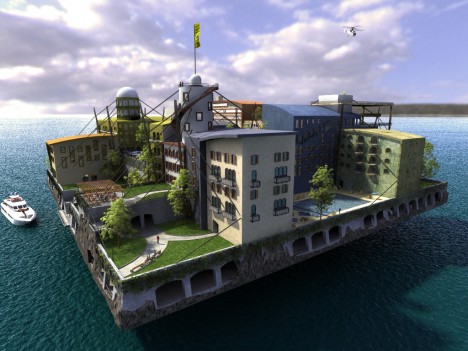
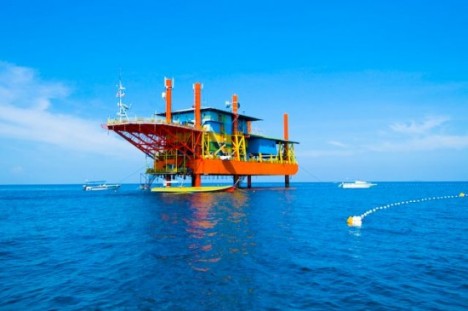

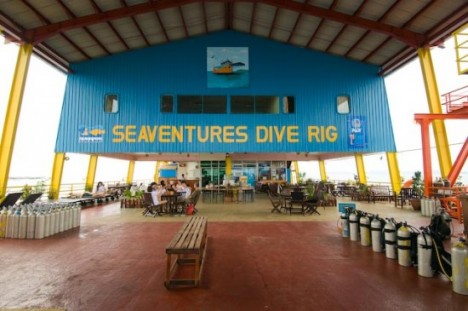
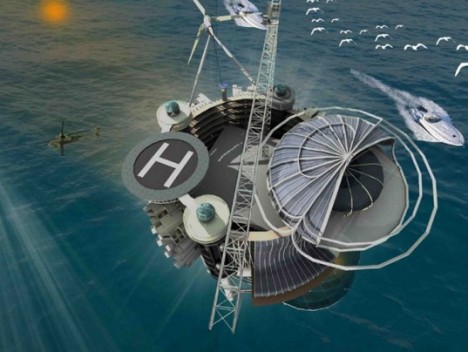



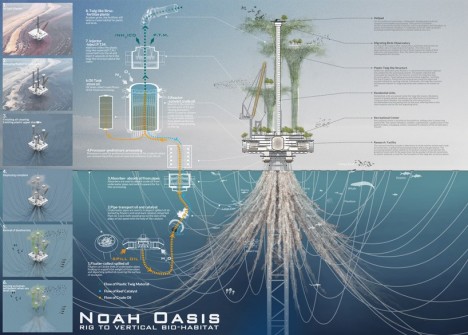

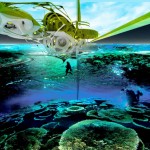
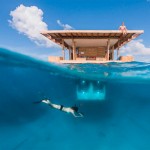




You must be logged in to post a comment.